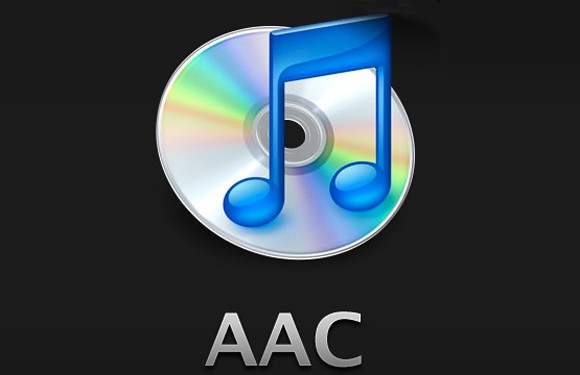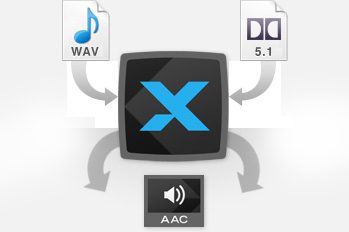To date, the AAC format has not yet reached mass distribution on sound carriers, however, in a number of parameters, it surpasses all existing types of audio compression, which means it is worthy of our attention.
What it is?

Let's start with the definition: AAC audio format is the proprietary (patented) option for compressing an audio file. At the same time, it has lower quality loss during encoding compared to MP3 in the same bitrate. In addition, the AAC format is a broadband algorithm for encoding audio, using two main principles of encoding in order to significantly reduce the amount of data that is required to transmit high-quality digital audio. This solution is recognized as one of the highest quality, implemented using lossy compression technology. The format supports most modern equipment, even portable. It should be noted that ringtones in AAC format can be purchased in the iTunes Store, and in this store music is presented that is compressed exclusively using this solution. It must also be said that the AAC format was originally created as the successor to MP3, which can provide improved encoding quality. The solution was published back in 1997 as a new, 7th, part of the MPEG-2 family.
Principle of operation
When encoding to this format, the following processes are performed: the unrecognized components are removed from the signal, the encoded audio signal is cleared of redundancy. After that, the data is processed in accordance with the MDCT method according to their complexity. At the next stage, codes are added to correct various internal errors. Finally, the signal is transmitted or stored.
All the details
Interestingly, the AAC format has a sampling frequency in the range of 8-96 kHz, as well as the number of channels in the interval 1-48. MP3 uses a hybrid filter set. In turn, AAC refers to the Modified Discrete Cosine Transformation with an increased "window" size, which reaches 2048 points.

Thus, AAC is much more suitable for encoding audio having a stream of complex pulses, as well as rectangular signals, compared to MP3. The format gained the ability to dynamically switch in MDCT block lengths within 2048-256 points. In the event that a short or single shift occurs, a small “window” of 256 points is applied in order to achieve a better resolution. In this case, by default, a 2048-point large “window” is used in order to maximize the coding efficiency. AAC has several advantages over the usual MP3. Among them, it should be noted: the implementation of a large number of audio channels (up to 48), significant coding efficiency in the conditions of constant and variable bitrate, as well as sampling frequencies ranging from 8 Hz to 96 kHz (for MP3 this indicator is from 8 Hz to 48 kHz) and a more flexible special mode called Joint stereo. As for the solution, “AAS +” is a codec that is focused on working with a low bit rate. It is a combination of SBR and AAC LC, which ensures good sound already in the range of 32-48 kbps.